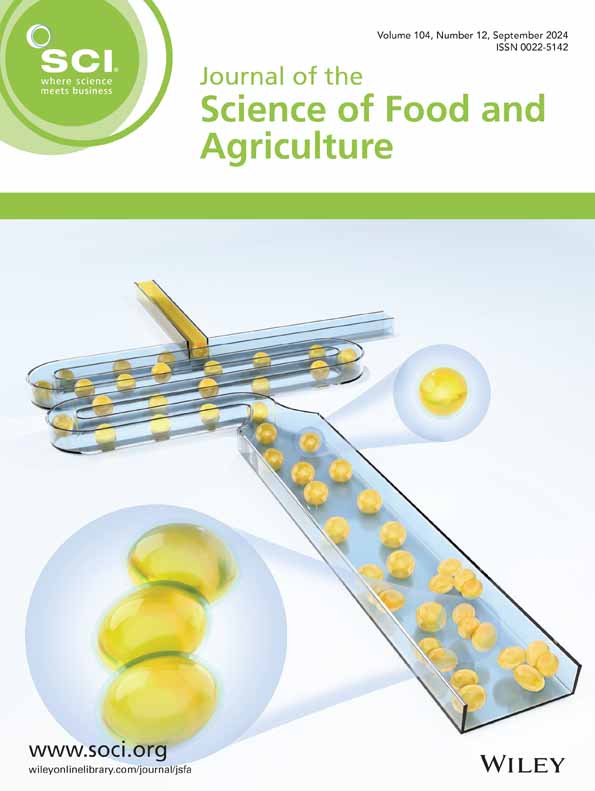Fabrication, characterization and simulated gastrointestinal digestion of sea buckthorn pulp oil microcapsule: effect of wall material and interfacial bilayer stabilization
Abstract
BACKGROUND
Sea buckthorn (Hippophae rhamnoides L.) pulp oil is rich in functional components; however, low water solubility and stability limit its applications. This study fabricated sea buckthorn pulp oil microcapsules using whey protein isolate (WPI), soy protein isolate (SPI), sodium caseinate (NaCN), gum arabic (GA), starch sodium octenylsuccinate (OSAS) and SPI mixed with chitosan (CHI). The influences of these wall materials on physicochemical properties, release behavior and digestibility were explored.
RESULTS
Protein-based wall materials (WPI, NaCN, SPI) demonstrated lower bulk densities due to their porous structures and larger particle sizes, while GA and OSAS produced denser microcapsules. Encapsulation efficiency was the highest for protein-based microcapsules (79.41–89.12%) and the lowest for GA and OSAS. The surface oil percentage of protein-based microcapsules (1.41–4.40%) was lower than that of the other microcapsules. Protein-based microcapsules showed concave and cracked surfaces, while GA and OSAS microcapsules were spherical and smooth. CHI improved reconstitution performance, leading to faster dissolution. During simulated gastrointestinal digestion, protein-based microcapsules released more free fatty acids (FFAs) in the intestinal phase, while CHI-modified SPI microcapsules showed a delayed release pattern due to thicker walls.
CONCLUSION
Protein-based wall materials were more effective for sea buckthorn pulp oil microencapsulation, providing higher encapsulation efficiency, better flow properties and releasing more FFAs. The addition of CHI led to the layer-by-layer self-assembly of the microcapsule wall and resulted in sustained release during in vitro intestinal digestion. These findings suggested the potential of protein-based microcapsules for targeted delivery and improved applications of bioactive oils in the food industry. © 2024 Society of Chemical Industry.

 求助内容:
求助内容: 应助结果提醒方式:
应助结果提醒方式:


